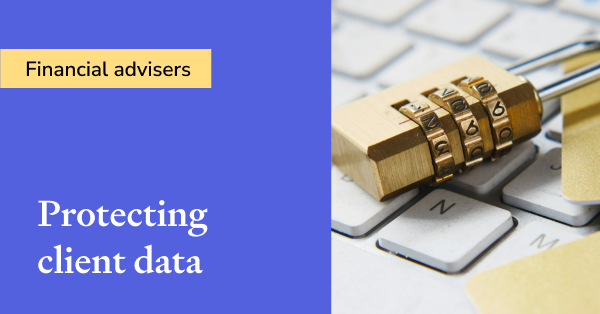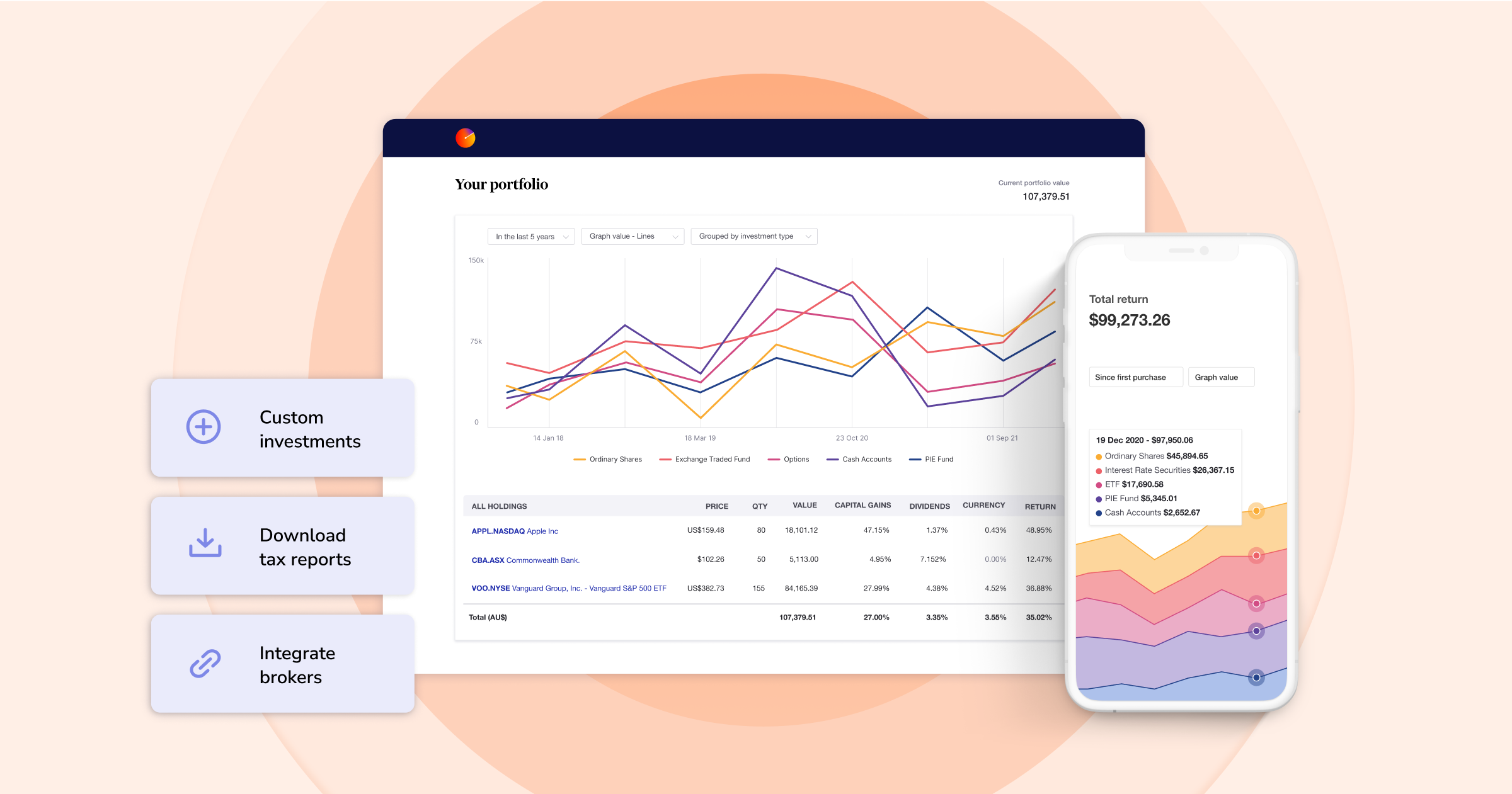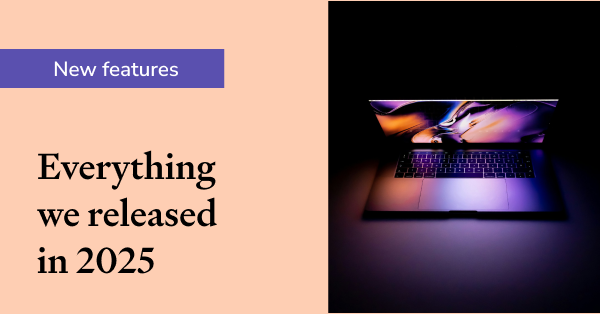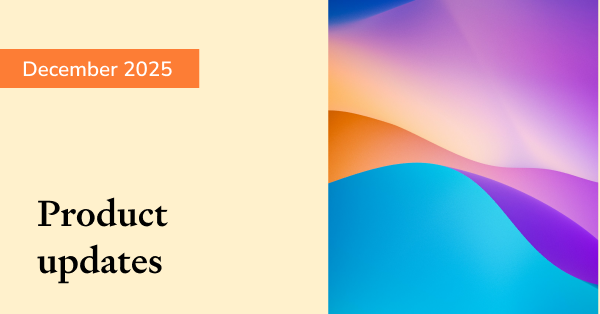Is your client data at risk? 5 questions to ask your tech provider
Every 10 minutes, the Australian Cyber Security Centre receives a report of cybercrime. If we do the maths, that’s six incidents per hour, 144 a day, and more than 50,000 a year — each one a potential threat to sensitive client information. For financial advisers, the stakes are especially high. With access to clients’ full names, identification documents and investment details, advisers are a prime target for cyberattacks.
Cybersecurity is no longer just an IT concern, it’s a business-critical responsibility. As an adviser, you’re likely already aware of the increasingly strict regulations around data breaches, as well as the reputational and financial damage that could follow if your clients’ data is compromised.
That’s why protecting client information must start with the technology you rely on every day. Relying on spreadsheets, unsecured emails or manual workflows exposes your practice to unnecessary risk. You also need to ensure that every platform in your technology stack meets the same high standards of data protection and compliance.
The first step is to ask your technology providers the right questions and to know what to look for in their answers. Here are five questions every adviser should ask to protect client data and strengthen cybersecurity.

1. Who controls access to your clients’ portfolios?
You need to understand who can access your clients’ data, and how that access is managed. Not all platforms offer granular user controls, and some may permit multiple employees or external contractors to view sensitive portfolios.
Confirm whether access is role-based, with each user limited to what they need for their role. Ask providers about onboarding, offboarding and access revocation procedures. Look for providers who can demonstrate SOC 2 Type 2 certification, which independently verifies that their access controls are robust and regularly tested.
A platform that allows you to define and monitor permissions minimises the risk of unauthorised access and reinforces client trust.
2. What authentication measures are in place?
Authentication is your first line of defence against unauthorised access. Multi-factor authentication (MFA) should be standard, requiring users to verify their identity through multiple methods — for example, by entering a password and approving a login through a mobile app or security token.
Look for platforms that actively monitor login attempts and flag suspicious activity such as repeated failed logins or access from unexpected locations. SOC 2 Type 2-certified providers must maintain and test these controls, offering assurance that their authentication systems meet rigorous standards.
Strong authentication doesn’t just stop hackers — it demonstrates a commitment to safeguarding client data at every point of contact.
3. How is data stored and delivered?
Understanding your provider’s infrastructure is essential to assessing its security. Sensitive client data must be encrypted both in transit and at rest, ensuring it remains unreadable even if intercepted.
It’s important to know where your provider’s servers are located, how backups are handled, and whether redundancy systems exist to prevent data loss. If your business serves clients internationally, confirm that your provider complies with privacy regulations such as the GDPR and the Australian Privacy Principles (APPs). These frameworks ensure that data is stored and transmitted securely and ethically.
4. How often are independent security audits performed?
Ask how frequently your provider conducts independent security audits and how comprehensive those audits are. Regular third-party testing validates a platform’s controls and identifies vulnerabilities before they can be exploited.
Request transparency around the audit process: whether penetration testing is performed, how vulnerabilities are managed, and how findings are communicated. SOC 2 Type 2 certification is particularly important, as it demonstrates that a provider’s controls operate effectively over time.
Providers that embrace independent scrutiny demonstrate accountability, transparency and confidence, which are the key qualities of a trusted technology partner.
5. What disaster recovery processes are in place?
Preventing data breaches is vital, but in the event that an incident does occur, having a reliable disaster response plan can mean the difference between a minor incident and a major reputational crisis. Ask providers about their disaster recovery and business continuity plans. These processes should outline how data is backed up, how quickly it can be restored and what steps are taken to maintain service continuity for your clients.
A robust disaster plan ensures that even in the event of a ransomware attack, hardware failure or natural disaster, your client data remains protected and your practice can continue operating with minimal disruption. When evaluating providers, confirm that their disaster recovery protocols are aligned with SOC 2 Type 2 standards, which require ongoing testing of backup and recovery controls.
Building trust through secure technology
With AFS licensees now subject to tighter data breach reporting requirements, advisers must adopt technology that supports compliance while protecting client data.
Trusted platforms like Sharesight are designed with enterprise-grade cybersecurity in mind. With SOC 2 Type 2 certification, GDPR compliance, multi-level authentication, encrypted data storage and tested disaster recovery processes, Sharesight helps advisers meet their regulatory obligations and maintain client confidence.
Cybercrime is not a distant threat — it’s a growing and ever-present risk. But with due diligence, independent verification and secure technology partners, you can protect your clients, your business and your reputation.
If you’re looking for a secure portfolio tracker that safeguards client information and offers powerful reporting tools for advisors, click here to sign up for Sharesight's 14-day free trial.

FURTHER READING

Every feature Sharesight released in 2025
In case you missed any of our monthly updates, here’s a full recap of all the new Sharesight features and improvements released in 2025.

Sharesight product updates – December 2025
This month's key focus was on the launch of the Tasks tab, an improved Overview page, and additional support for 20,000+ bonds on the LSE.

Sharesight's top 10 investing blogs of 2025
We look back on your favourite Sharesight blogs, from Sharesight feature explainers to users' favourite brokers, a compilation of world's best blogs and more.